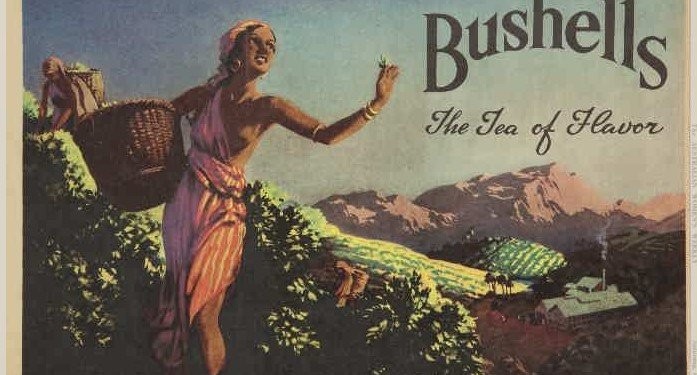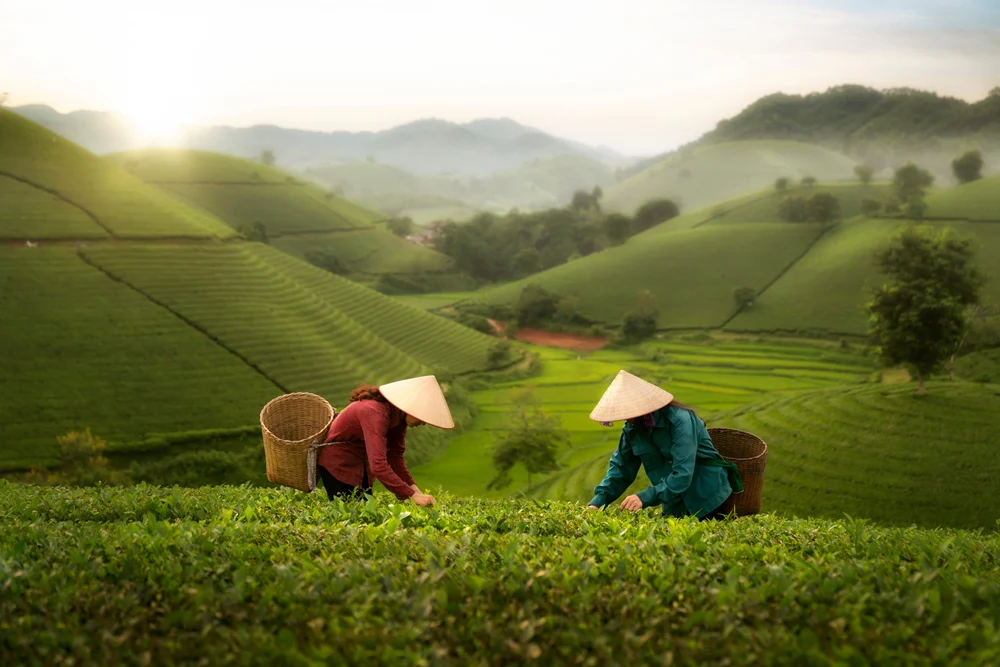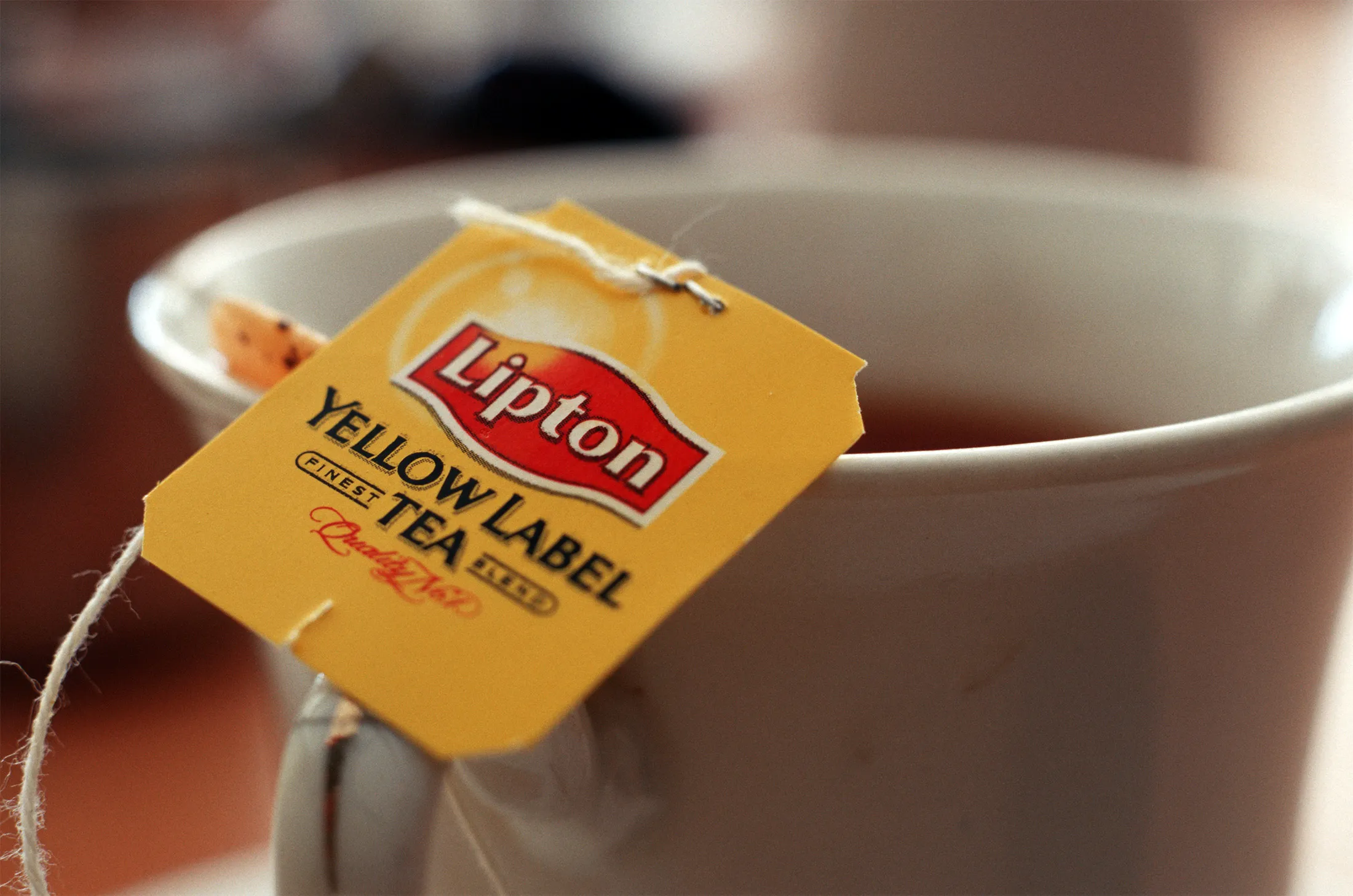When Bushells Ruled the Cup
Tea has been a defining part of Australia’s cultural identity for centuries. From its arrival with the First Fleet to its reign as the nation’s favorite beverage for much of the 20th century, tea’s story in Australia is one of tradition, resilience, and transformation. Here’s a closer look at its journey, including the role of iconic brands like Bushells.
The Early Days of Tea in Australia
Tea was introduced to Australia in 1788 with the First Fleet, reflecting British colonists’ deep attachment to their favorite brew. However, tea was not part of the official rations. Governor Arthur Phillip, deeming it an unnecessary indulgence, brought only a personal supply. Despite this, tea soon became a staple among settlers.
Aboriginal Australians had long been consuming tea-like beverages made from native plants, including the tea-tree, well before European settlers arrived. This concept of brewing leaves for sustenance and health laid the groundwork for tea’s widespread acceptance in Australian culture.
By the late 18th century, military officers began importing tea, along with sugar, to meet demand. For many early settlers, tea was one of the few luxuries available in harsh colonial conditions. As grocery stores emerged in the 19th century, tea became more accessible, sold from large chests and measured out by weight. Different blends like Orange Pekoe and Hyson Skin gained popularity, and the beverage solidified its place in Australian households.
The Rise of Tea Brands: Bushells and Beyond
By the late 19th and early 20th centuries, branded tea emerged as a dominant force in the Australian market. Among these, Bushells, founded in Brisbane in 1883 by Alfred Bushell, became the leading tea brand. Bushells’ success lay in its ability to blend high-quality teas tailored to Australian tastes, accompanied by sophisticated advertising campaigns.
Another major player was Lipton, the British brand that began making inroads into Australia around 1906. Lipton emphasized its royal connections, even marketing itself as “the tea the King drinks.” Despite its British heritage and association with luxury, Lipton struggled to surpass Bushells in popularity.
Tea was not only a beverage but a cultural emblem tied to the temperance movement of the time. As alcohol consumption was curbed, tea became the alternative drink of choice. Extravagant “coffee palaces” built during this era primarily served tea, further cementing its role as a symbol of sobriety and sophistication.
The Golden Age of Tea Consumption
During the early 20th century, tea reached its zenith in Australia. By 1929, Australians were the world’s top per capita consumers of tea, surpassing even the British. Tea was deeply embedded in daily life, with morning and afternoon tea breaks becoming cherished rituals. It was also an economic necessity, as brands like Bushells marketed their blends as flavorful yet affordable, boasting that one pound of Bushells tea could yield over 200 cups.
The 1950s saw tea consumption remain high, with surveys revealing that nearly 70% of Australians drank three to nine cups daily. In industrial settings, tea breaks, or “smokos,” became a standard practice, symbolizing camaraderie and refreshment.
Bushells dominated the market during this period, maintaining its reputation as the premium Australian tea. Its advertising focused on notions of high society and the exotic origins of tea, often evoking imagery of lush Ceylon tea plantations.
The Decline of Tea and the Rise of Coffee
By the 1960s, tea’s dominance began to wane. Per capita tea consumption started to decline as Australians turned their attention to coffee, particularly instant coffee, which was seen as modern and convenient. The post-World War II wave of European immigrants also introduced Australians to espresso culture, further boosting coffee’s appeal.
Bushells faced increasing competition, not just from coffee but also from Lipton, which aggressively re-entered the market with a game-changing innovation: the tea bag. This simple yet revolutionary product made brewing tea faster and more convenient, aligning with the shifting preferences of a modernizing society. Lipton’s tea bags gained traction, eroding Bushells’ market share.
Tea’s Cultural Legacy in Australia
Despite its decline in dominance, tea remains an integral part of Australian culture. Afternoon tea rituals, high tea experiences, and tea-drinking traditions persist in many households. New tea trends, including specialty and herbal teas, have revitalized interest in the beverage, appealing to a health-conscious and diverse population.
Today, brands like Bushells continue to evoke nostalgia and heritage, symbolizing a time when tea was the centerpiece of Australian life. While coffee may have claimed the spotlight, tea endures as a symbol of warmth, comfort, and connection in Australia’s cultural landscape.
Conclusion
The history of tea in Australia is a reflection of the nation’s evolving tastes and cultural influences. From its early introduction as a colonial luxury to its peak as the national drink and its eventual competition with coffee, tea has woven itself into the fabric of Australian life. Iconic brands like Bushells played a pivotal role in this journey, creating a legacy that endures even as the landscape of beverages continues to change.





